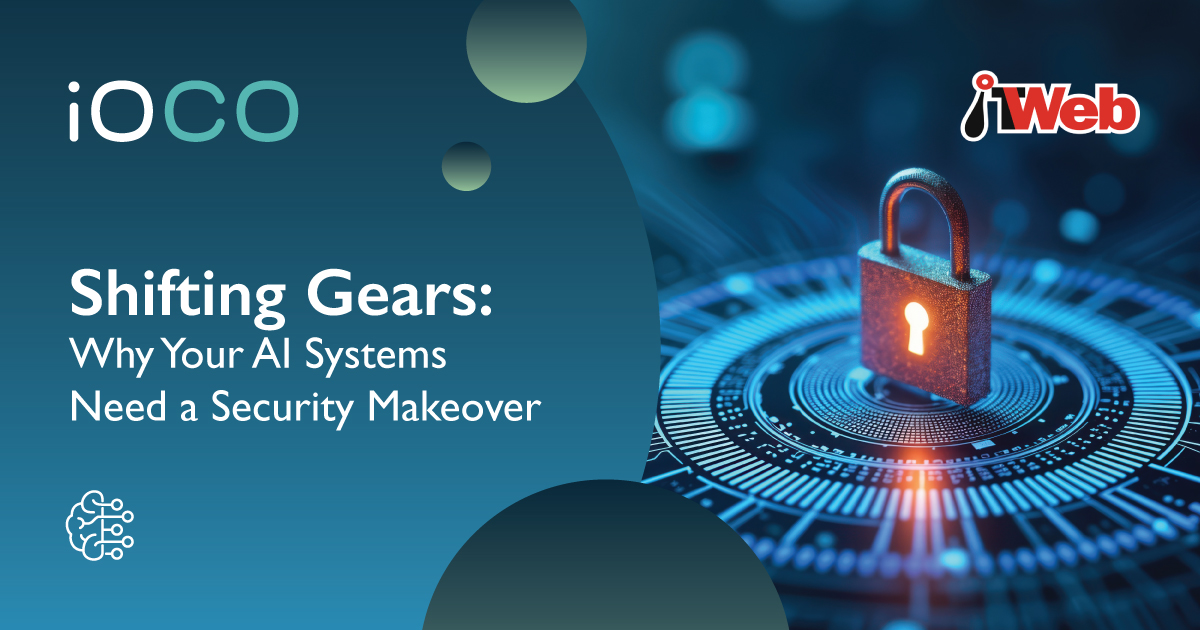Gartner defines application performance management (APM) suites as one or more software and/or hardware components that facilitate monitoring to meet three main functional dimensions: digital experience monitoring; application discovery, tracing and diagnostics; and lastly, artificial intelligence for IT operations (AIOps) for applications.
This is a very high-level, technical definition of something I prefer to define as simply an incredible business and service delivery enabler. APM is all about bottom-line business benefits. The extraordinary value proposition it offers is something that all businesses and public sector entities need to get onto their radar.
To break it down further, APM is usually accomplished through the use of software tools. It involves tracking system metrics and producing visualisations that are designed to provide DevOps teams with important data regarding system performance. This provides vital context for pinpointing the source of application issues as quickly and efficiently as possible.
A list posted on APM Digest, and billed as possibly the most important list it has ever shared, focuses very clearly on the bottom-line benefits of APM, which it also notes is the ultimate reason for deploying it – it is there to drive payback to the business. This list of benefits is described as the common ground between business and IT both sharing the ultimate objective of achieving their mutual goals.
Below I include some of the more notable benefits listed:
- Higher productivity
- Reduced operational costs
- Decreased reliance on costly experts
- Greater customer satisfaction
- Business continuity – reduced downtime
- Greater innovation
- Better end-user experience
- Increased sales and revenue and more
The importance of APM
Looking at the impressive list of benefits, there can be little dispute that APM is immensely important and that deploying these solutions to monitor and manage the availability, and performance, of an organisation’s software applications is not an option but a business imperative.
Gartner also reports that APM companies are quickly becoming some of the most important players in the IT landscape as enterprises strive to deliver best-in-class customer experiences. In this same report, Gartner notes that in 2018, the APM market was valued at $4.6 billion, and predicted this figure would nearly double within just a few years, reaching $8.7 billion by 2023.
APM companies are quickly becoming some of the most important players in the IT landscape as enterprises strive to deliver best-in-class customer experiences.
To really grasp the key role APM can play in any organisation, one needs to understand where it came from and where it is now. It has changed over the years; originally it was simply the monitoring of applications’ components and the user experience. Today, it encompasses anything relating to the performance of the application and often includes additional monitoring; for example, network, log management and more.
While the APM market has matured and stabilised, there is still evolution within this space and among several of the leading providers as they continue to address evolving application architectures and customer requirements.
For example, augmenting APM with artificial intelligence (AI) and machine learning (ML) helps to make sense of the vast amount of data that can be produced by the increasing number of available technology monitoring agents.
The ongoing addition of AI and ML to APM solutions, however, brings it into the AIOps functionality arena. The core of AIOps platforms can include ML, performance base lining, anomaly detection, automated root cause analysis and predictive insights.
While this functionality is being added to today’s APM solutions, it is constrained by the data that is collected; a reason why vendors continue to increase the service, system, network, log, etc, data that is collected.
APM’s evolution to AIOps
Traditional monitoring solutions require specialist human intervention and cannot proactively mine data, nor can they automatically surface actionable insights or take self-healing actions. Today’s advances in the development of low-cost computing and data science has laid the foundations necessary to apply to make the shift from human-driven ‘ITOps’ to machine-driven ‘AIOps’.
As application architectures have evolved over time, they are attributed with introducing a variety of monitoring challenges, including:
Application complexity: Where they have become more dynamic, distributed and dependent, built upon the sprawl of both old and new technology stacks. In today’s application flow, a typical user request will: initiate on a mobile device; be processed on the hybrid cloud; and use API gateways and terminate on a variety of data sources, including legacy back-ends.
Data volume: Monitoring solutions is becoming more difficult due to the high volume of structured and unstructured monitoring data from end-user devices, applications, infrastructure and networks. This growing data lake is a gold mine of actionable insights and future trends.
Higher frequency of production releases: With increased automation and integration between development, testing and production, product release times have drastically decreased from years, down to hours, resulting in a deployment landscape that is constantly changing. Identifying changes with production releases and automatically mapping them to the underlying systems is more critical than ever before.
Three major waves in APM have been integration and categorised into the challenges of black box, topology and big data.
In my second article in this series on AIOps, I will take a closer look at the three waves and reveal what each one entails.
By Nomsa Samsodien
Senior consultant at CA Southern Africa.
Link to original article here – https://www.itweb.co.za/content/PmxVEMKlJJlqQY85
iOCO Software Cluster
CA Southern Africa
Boiler plate, CA Southern Africa
CA Southern Africa enables companies to embark on a frictionless digital transformation journey necessary to seize the opportunities presented by the application economy. Today, software is at the heart of every business, in every industry and we assist our customers – through the use of modern technology, to change the way we live; transact; and communicate across: mobile; cloud; distributed and mainframe environments.
CA Southern Africa is the sole representative of CA Technologies, A Broadcom Company, enterprise and mainframe software solutions and is part of iOCO.
Established to simplify ICT, iOCO is Africa’s leading integrated technology services company, with the largest concentration of skills on the continent. As a Level 1 B-BBEE end-to-end ICT managed service provider and Cloud systems integrator, iOCO operates with over 20 years’ experience. Its team of more than 4 500 specialists delivers custom development and integration, open source, enterprise applications, data and analytics, compute and platforms, digital industries and manage and operate solutions to over 1 000 top tier customers.
Inspired by digitally native internet organisations (iO) and creative organisations (CO) of the future, iOCO helps customers navigate the path to an exponential future. To achieve this vision, iOCO holds strategic OEM partnership agreements with more than 90 global leaders including CA.
For more information on iOCO (EOH), please refer to The EOH Website



